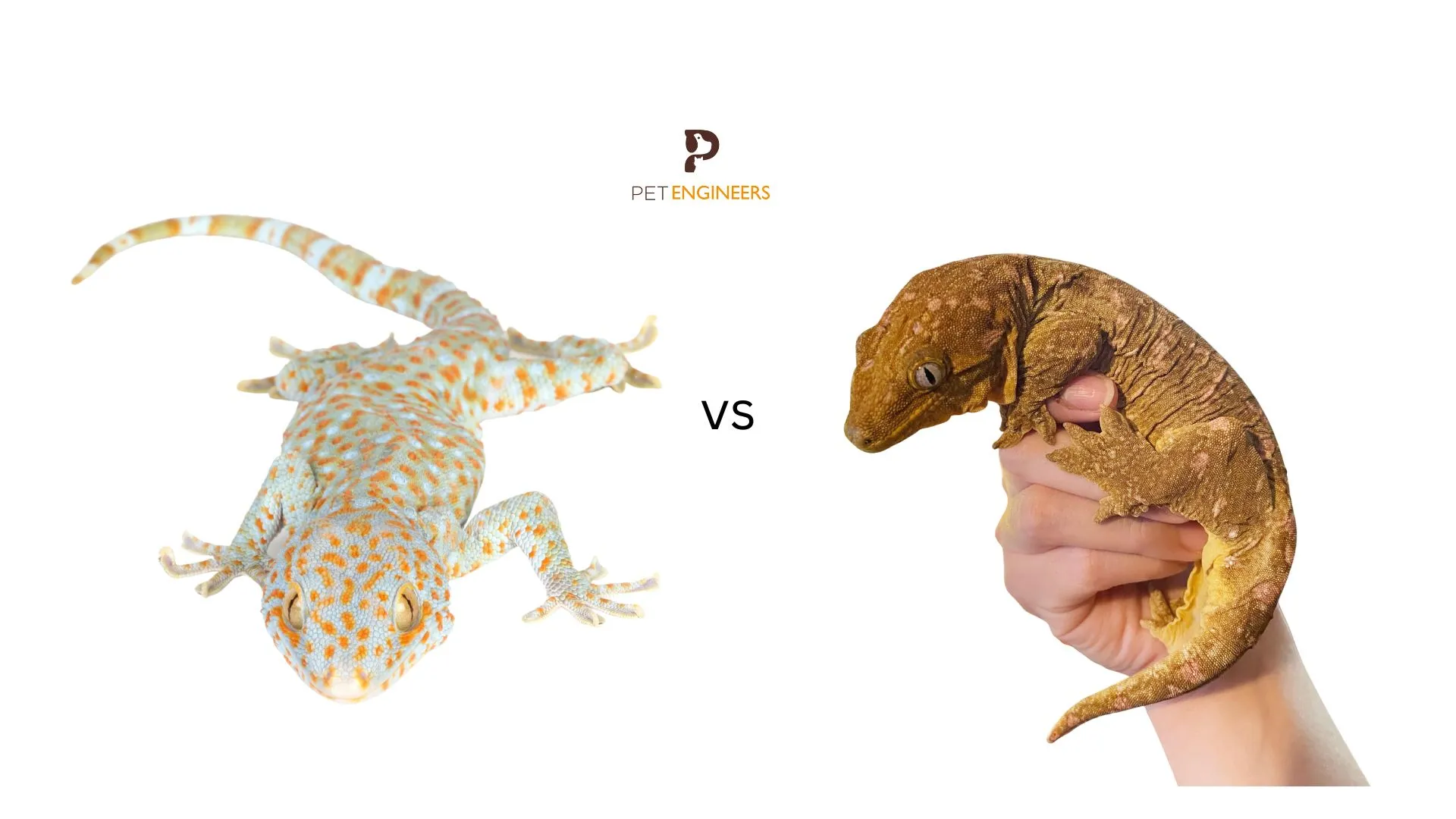Tokay Gecko vs Tarantula: An Epic Showdown
The animal kingdom is filled with fascinating encounters, and the potential clash between a Tokay Gecko and a Tarantula is certainly one of them. Both creatures are formidable predators in their own right, equipped with unique traits that allow them to thrive in their respective environments. This article delves into a detailed comparison of these two fascinating animals, analyzing their physical attributes, habitats, hunting strategies, and defense mechanisms to determine which would likely emerge victorious in a hypothetical encounter. Get ready to explore the intricacies of this epic showdown!
Physical Attributes Comparison
Understanding the physical characteristics of both the Tokay Gecko and the Tarantula is crucial to predicting the outcome of a potential battle. Their size, weight, and physical capabilities play a significant role in determining their fighting prowess. Furthermore, the presence of venom or potent bites adds another layer of complexity to this exciting comparison. Each animal’s physical attributes contribute to its strengths and weaknesses in a combat scenario.
Size and Weight
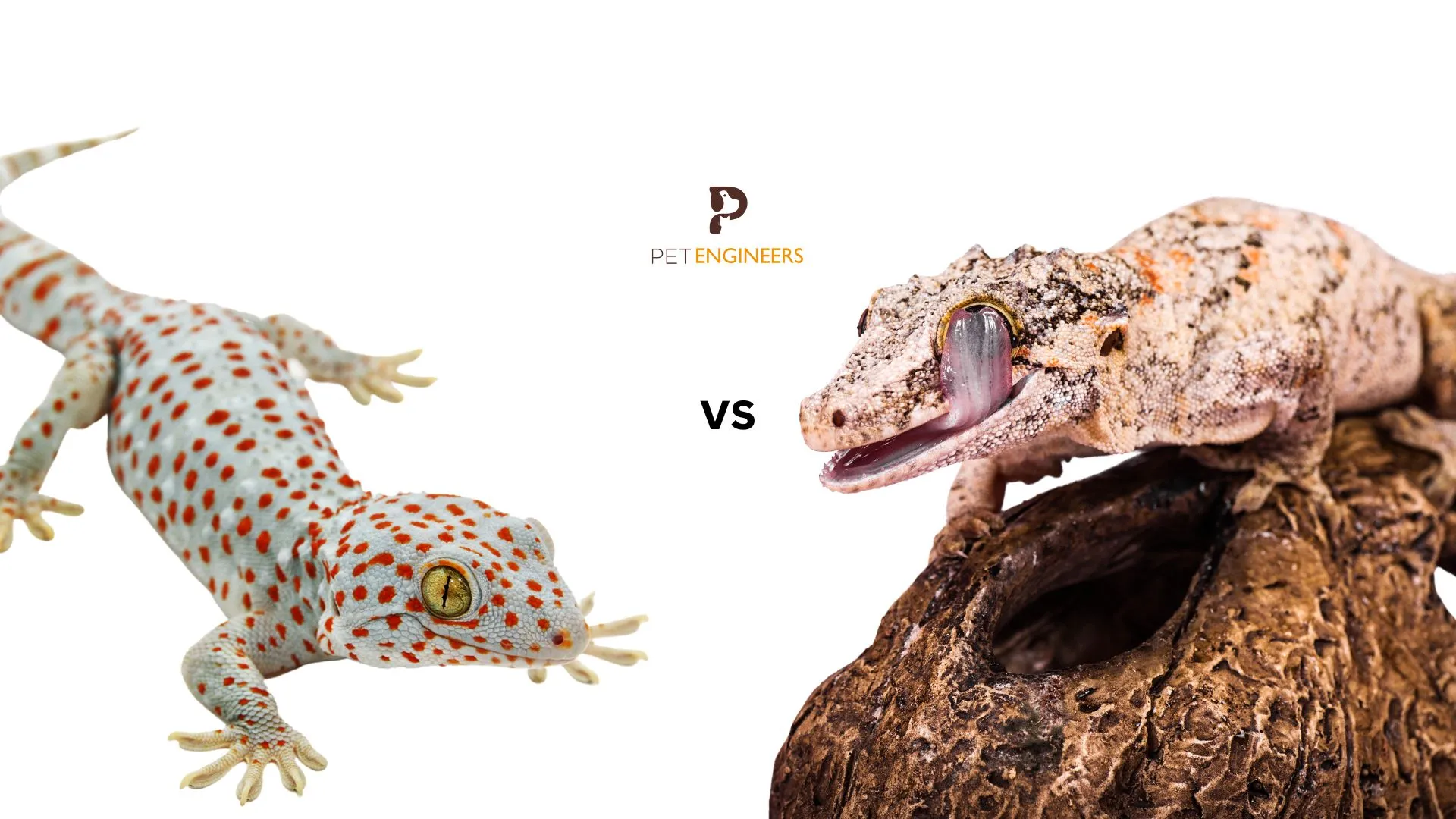
Generally, Tokay Geckos can range from 7 to 14 inches in length, including their tail, and weigh around 50 to 100 grams. Tarantulas, on the other hand, exhibit significant size variations depending on the species. Some smaller tarantulas might be comparable in size to a large Tokay Gecko, while larger species can have leg spans exceeding 10 inches and weigh considerably more. The size advantage could be a deciding factor, as a larger animal typically possesses more physical strength and dominance.
Venom and Bite Strength
Tarantulas possess fangs and inject venom, which is primarily used to subdue prey. The venom’s potency varies across species, and while it is not typically lethal to humans, it can cause considerable pain and localized effects. Tokay Geckos have a strong bite, but they do not possess venom. The gecko’s bite is powerful enough to inflict pain, but the tarantula’s venom could potentially incapacitate the gecko, shifting the balance in the spider’s favor, provided the tarantula can successfully deliver a bite.
Locomotion and Agility
Tokay Geckos are incredibly agile creatures, adept at climbing and moving quickly on various surfaces, thanks to specialized toe pads. This agility could provide them with a tactical advantage in maneuvering and evading attacks. Tarantulas, while not as agile as geckos, are fast movers, especially when they feel threatened. Their speed and ability to move quickly over ground or in close quarters is also a crucial factor in a fight. The ability to strike rapidly or escape quickly contributes significantly to their survival.
Habitat and Environment
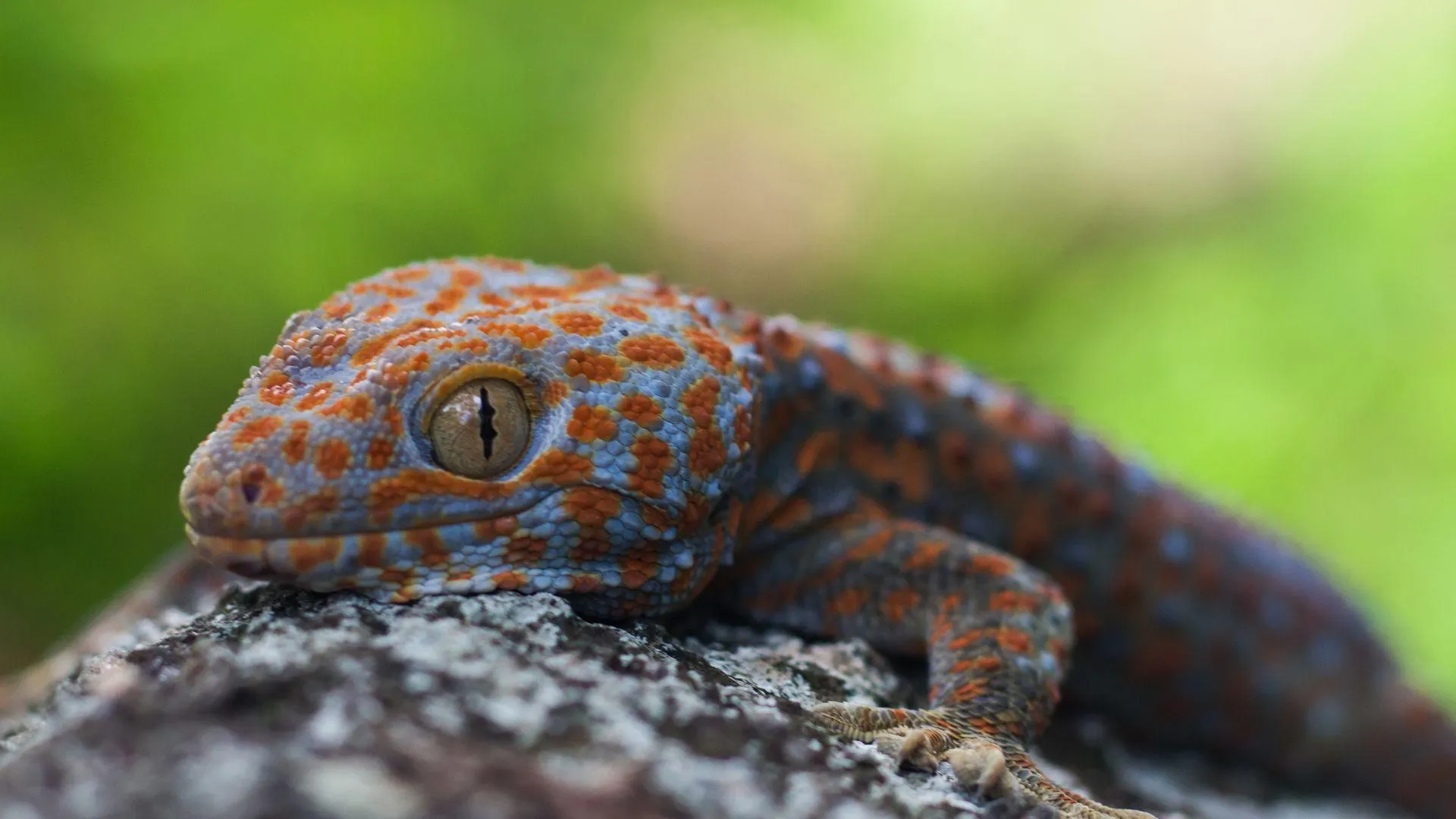
The natural habitats of the Tokay Gecko and Tarantula offer crucial insights into their survival strategies and potential interactions. The environmental factors influencing their behavior, hunting habits, and defensive tactics are all important factors in considering their survival skills. Each creature has adapted to its specific surroundings, developing unique traits that determine its role within its ecosystem.
Tokay Gecko’s Natural Habitat
Tokay Geckos are primarily found in Southeast Asia, commonly inhabiting tropical rainforests, rocky areas, and even human dwellings. Their habitat provides ample opportunities for hunting insects and other small creatures. Their camouflage allows them to blend seamlessly into their surroundings, helping them ambush prey. They are also nocturnal animals, which means they’re most active during the night.
Tarantula’s Natural Habitat
Tarantulas are found in various habitats across the globe, including deserts, grasslands, and tropical regions. Depending on the species, they may live in burrows, under rocks, or within other natural shelters. Their environment dictates their hunting habits and the prey they are likely to encounter. The tarantula’s habitat greatly affects its hunting, defense, and overall lifestyle. They are usually nocturnal hunters.
Hunting Strategies and Prey
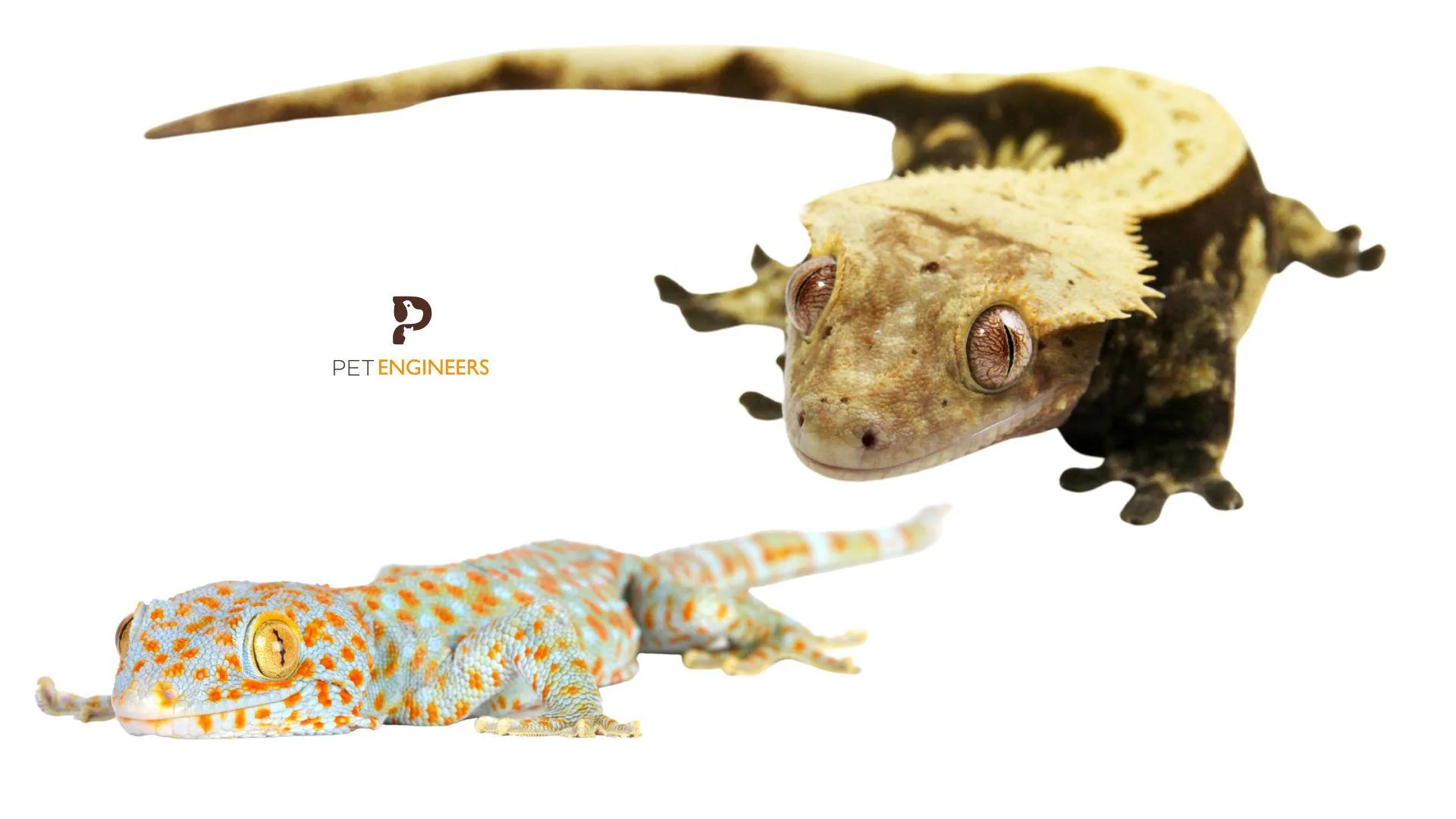
Examining the hunting techniques and preferred prey of both animals offers another layer of understanding their potential interactions. The methods they use to capture prey and the types of food sources they depend on contribute to their survival. This section analyzes the hunting behaviors of the Tokay Gecko and the Tarantula.
Tokay Gecko Hunting Techniques
Tokay Geckos are ambush predators. They typically wait patiently for their prey, such as insects and small invertebrates, to come within striking distance. They use their strong jaws to quickly grasp and hold onto their prey. They also utilize their sticky toe pads to maintain their position on vertical surfaces, allowing them to hunt in a variety of locations.
Tarantula Hunting Techniques
Tarantulas are also ambush predators, relying on patience and stealth to capture their meals. They often wait near the entrances of their burrows or in hidden locations, ambushing anything that comes close. Their primary diet includes insects, other spiders, and occasionally small vertebrates. The tarantula’s fangs and venom are effective in subduing its prey.
Defense Mechanisms
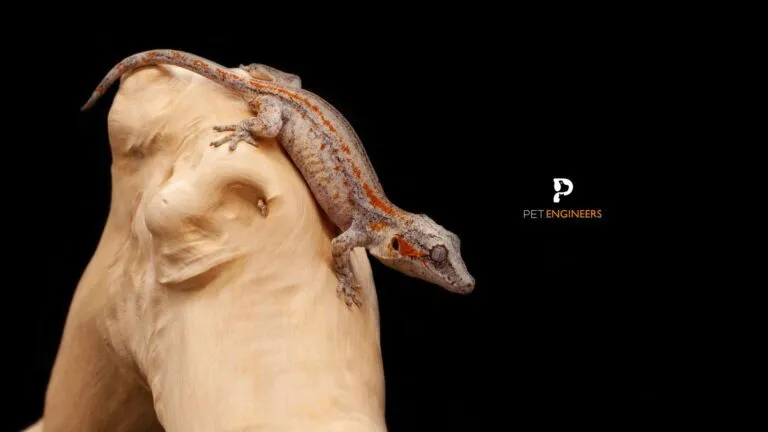
Defense mechanisms are critical to any animal’s survival. Both the Tokay Gecko and the Tarantula have evolved unique methods to protect themselves from predators. Examining these tactics provides valuable insights into their chances of survival in a confrontation.
Tokay Gecko Defense
When threatened, the Tokay Gecko may bite, and its bite is powerful enough to inflict significant pain. They may also detach their tail (autotomy) to distract a predator, allowing them to escape. The gecko’s camouflage also provides a degree of protection, helping it to blend in with its surroundings and avoid detection.
Tarantula Defense
Tarantulas have multiple defensive strategies. Their fangs and venom are their primary means of defense. They also have urticating hairs on their abdomen, which they can flick at potential threats, causing skin and eye irritation. The tarantula’s large size and imposing appearance can also deter predators.
The Ultimate Verdict: Who Wins?
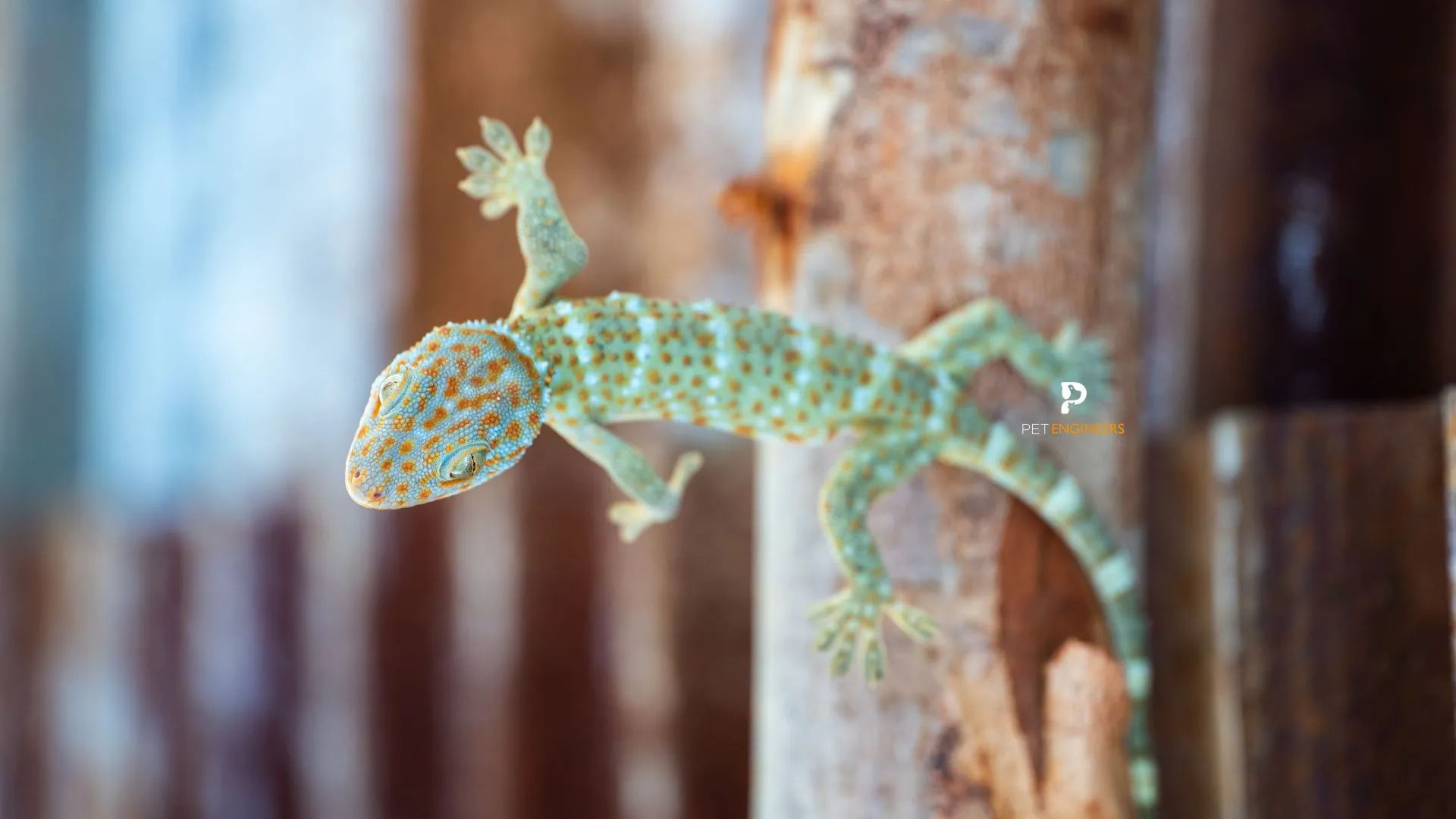
Determining the winner of a fight between a Tokay Gecko and a Tarantula requires a careful consideration of all the factors discussed above. While no outcome can be guaranteed, the relative strengths of each animal provide clues.
Factors Determining the Outcome
Several factors could determine the victor. Size is a crucial element. A larger tarantula may have a significant advantage. The potency of the tarantula’s venom is another consideration. The Gecko’s agility and bite force would provide offensive and defensive benefits. The habitat and location would also influence the fight, with advantages to whichever animal has a home-field advantage.
Final Thoughts
The Tokay Gecko vs. Tarantula battle is an intriguing hypothetical scenario that underscores the diversity and complexity of the animal kingdom. Though a definitive answer is impossible, a large, well-positioned tarantula has a higher probability of winning due to its venom and physical size. However, the agility and tenacity of the Tokay Gecko would make the fight incredibly close. Ultimately, the outcome of a confrontation between these two creatures depends on a complex interplay of their physical attributes, hunting strategies, habitats, and defense mechanisms. Both are impressive animals, each a predator in its own right, and this hypothetical battle is an interesting thought experiment.
